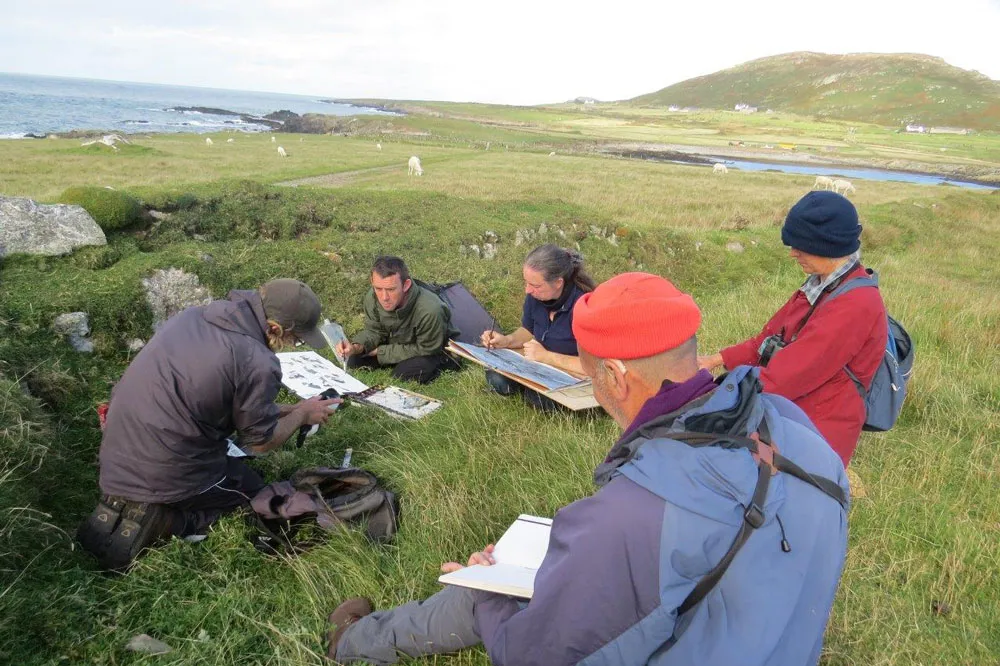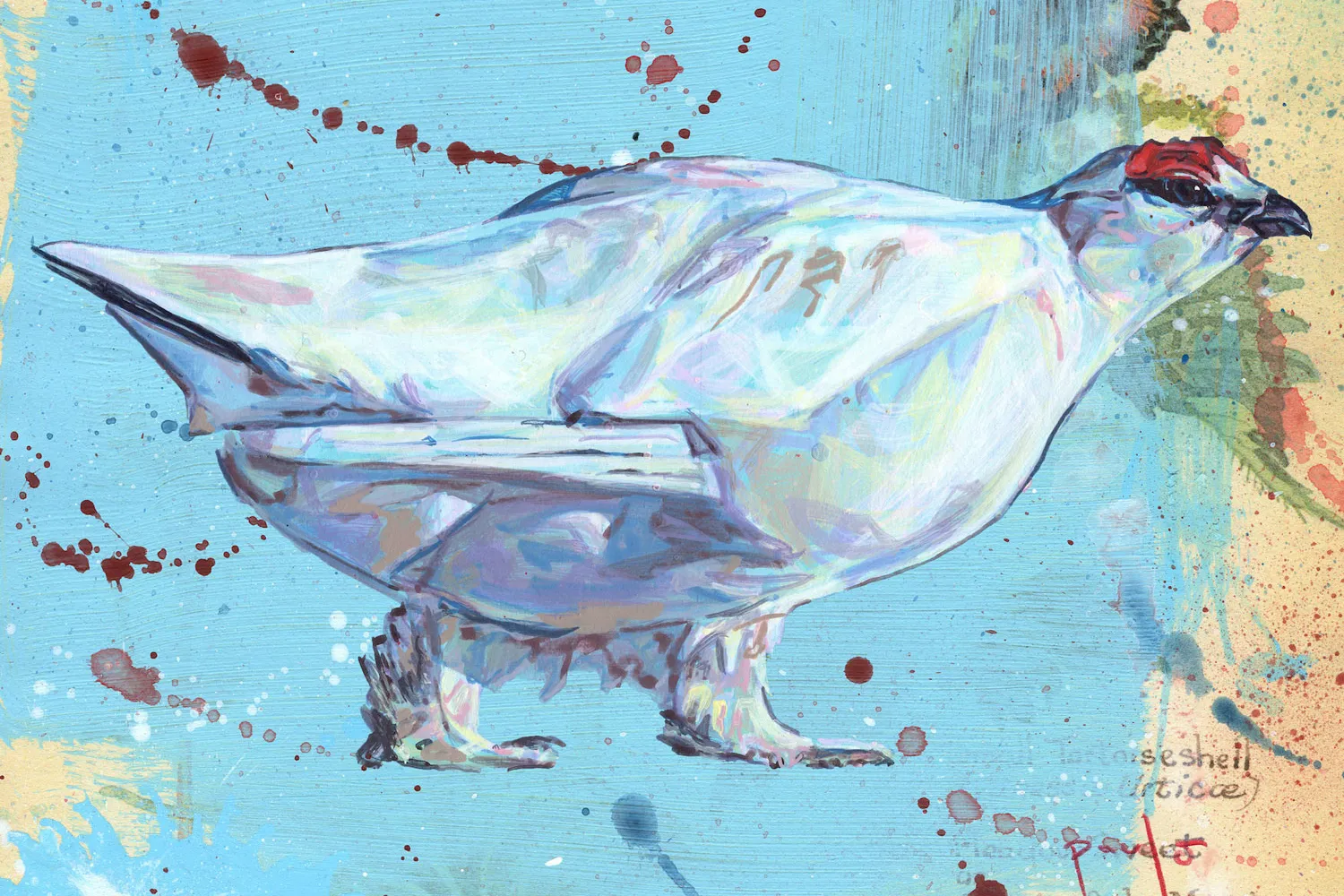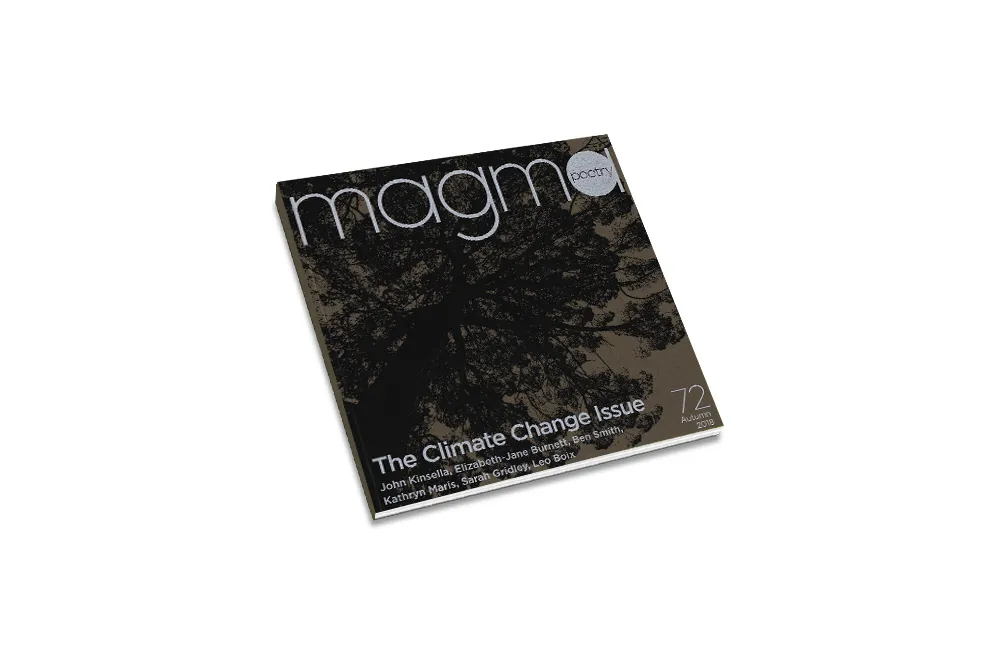Telling stories
Stories are a powerful tool, helping us to navigate the world around us. While we hold information in the form of data and figures, it is only through an associated and compelling narrative that we can then use this information to shape our understanding and beliefs. Our evidence-based approach, built on the foundations of robust and evidence-led science, delivers the hard facts on which decisions can be based. However, there is an increasing need to bring these facts into a narrative form, so that we can engage more people in our work and demonstrate the impact of our findings across society. We have been doing this through a series of projects that bring together art, science and cultural components.
Flight Lines
Whether it is the sight of the summer’s first Swallow or the sound of a spring Cuckoo, the return of our summer migrants delivers a reassuring sense of a globe that, as the poet Ted Hughes once described, ‘is still working’. That birds should undertake such long and dangerous migratory journeys is something that has long fascinated us, prompting works of art and literature, not to mention many thousands of scientific studies.
The BTO’s Flight Lines project, a joint initiative with the Society of Wildlife Artists (SWLA), highlighted through art and narrative the challenges that migrant birds face and brought to a wider audience the research and conservation work being done to help them.

Seeing Red
While public support for conservation is growing, society still does not place sufficient value on the natural world. One consequence of this is that, faced with finite resources, conservationists must prioritise where they spend the money they have. Resources are usually directed towards the species most in need of help or to the best places for nature. Formal processes, based on the best available data, are needed to inform such decisions.
For UK birds this is done through the Birds of Conservation Concern (BoCC) system, a periodic appraisal that places species onto the Red, Amber or Green List depending on various measures of status. Traditionally, little has been done to engage a wider audience with the species placed on the Birds of Conservation Concern Red List.
Through the Red Sixty Seven project we sought to engage new audiences with the research and conservation work being done for Red-listed birds. In February 2020 we published a book entitled Red Sixty Seven. This told a personal story for each Red-listed species, the text written by some of the UK’s most exciting writers, from Ann Cleeves and Patrick Barkham to Chris Packham and Melissa Harrison. Alongside the texts were artworks by leading wildlife artists, including Derek Robertson, Keith Brockie and Carry Akroyd. All of the contributors gave their time for free, enabling funds to be raised from both sales of the book and an auction of the artworks.
The idea for the project came from Kit Jewitt of the Probable Bird Society and it was thanks to his hard work that we managed to attract so many fantastic contributors. The project, which included a second book Into the Red – published following the next BoCC appraisal, has also been a very powerful vehicle for introducing new audiences to those species that feature
on the UK Red List.

Communicating climate change
BTO was involved in a collaborative project with Magma poetry magazine, which brought climate change scientists – including those from BTO – and poets together to create and communicate about climate change impacts. As part of the process, which began by pairing poets with scientists, a wider workshop brought together a group of poets, researchers and scientists to discuss eco-activism and the communication of climate change messages.
Both poets and scientists focused on creating more common ground between disciplines, exploring how to have more resonance with wider communities. Former BTO staff member Humphrey Crick, suggested that many people feel disempowered by the vastness of climate change, but noted that “poetry can help take the enormity, help make that connection and build empathy around difficult and big issues of biodiversity loss.”

